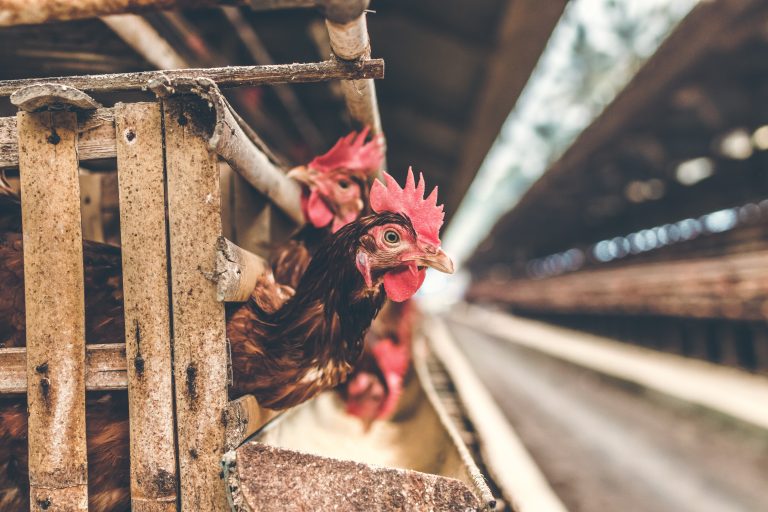Price Increases at The Happiest Place on Earth

In the wake of opening new Star Wars themed attractions in their parks, Disneyland and Walt Disney World recently announced a price increase on tickets to visit their theme parks. The price increase ranges from $5-$20, depending on the type of ticket purchased. Disney employs a complex system of ticketing that causes ticket prices to vary widely depending on the number of days guests wish to return, and the number of parks they wish to visit in a single day. Ticket prices also vary by day of the week and time of year. A one-day, single-park ticket during a weekday in the slow season is priced at $109. During busier times, that same ticket can cost $129. After adding the option to visit multiple parks and attractions, a daily ticket can now be priced at over $200. Analysts are wondering if going over this threshold will turn customers away.
Park-goers can lower their daily ticket prices by going multiple days. For example, a 4-day ticket is priced between $93 and $109 per day, depending on which days guests visit.
In addition to varying prices by day of the week and time of year, Disney also varies prices according to location of residence. Disneyland offers a discounted 3-day ticket for residents of Southern California and Northern Baja California. During the first half of 2020, Florida residents can purchase a 4-day ticket for $49 per day. This is approximately half as much as non-Florida residents pay. Florida residents also get a discount on annual passes, paying $999 compared to $1,299 for non-residents. Interestingly, the price of an annual pass was only increased for non-residents.
Questions:
- Which of the pricing differences mentioned above represent dynamic pricing and which represent price discrimination?
- Which types of price discrimination does Disney engage in (i.e. 1st, 2nd, or 3rd degree)?
- Disney raised the price of their annual pass for non-Florida residents, but not for Florida residents. What does that say about Disney’s beliefs about price elasticity of demand between the two groups.













